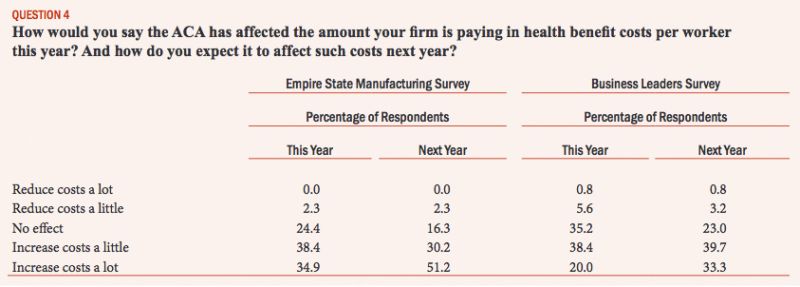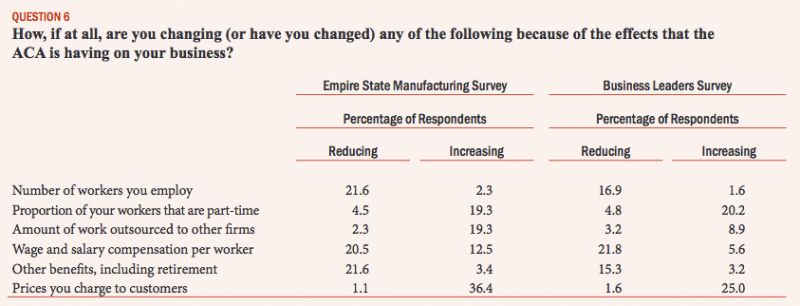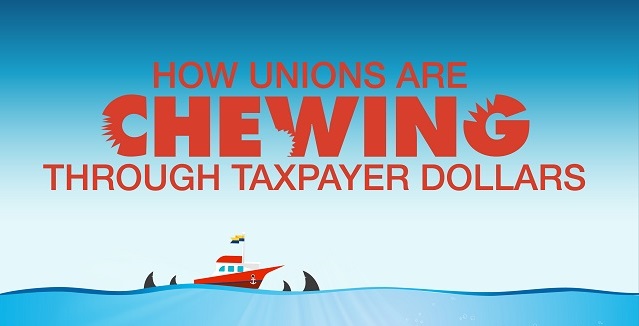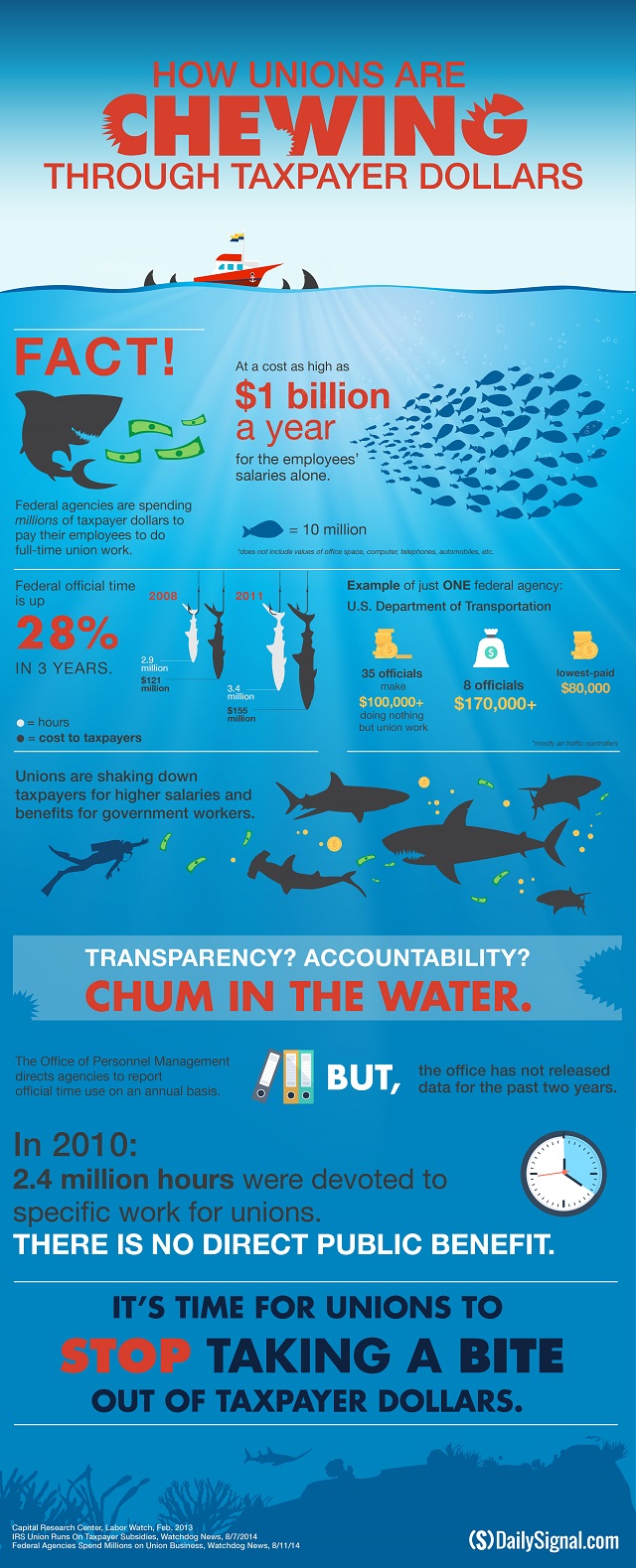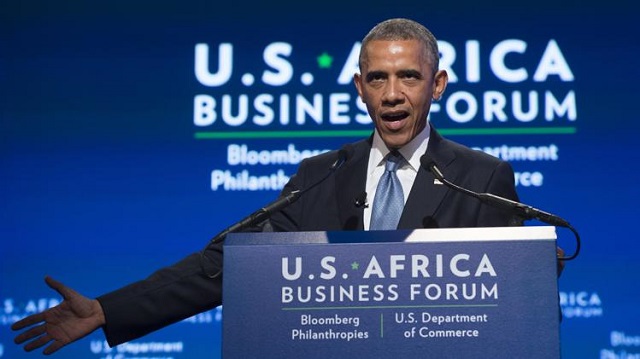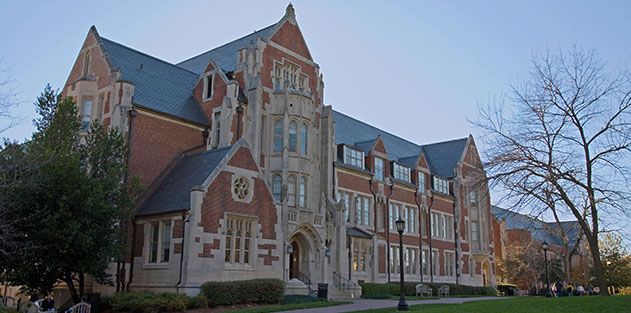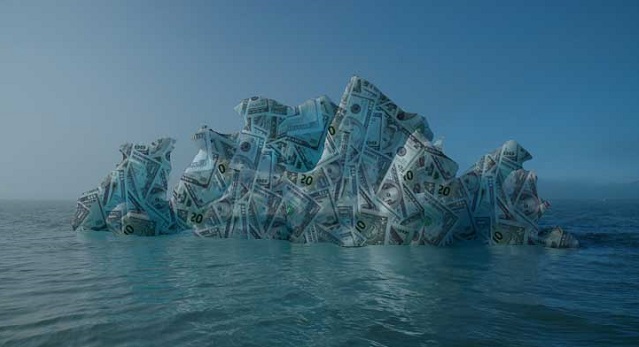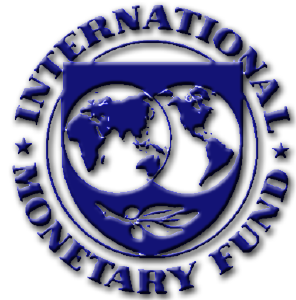CLICHES OF PROGRESSIVISM #19 – “Big Government Is a Check on Big Business”
A myth runs through most of America today, and it goes like this: Big business hates government and yearns for an unregulated market. But the reality is the opposite: Big government can be highly profitable for big business.
Many regulations restrict competition that would otherwise challenge existing firms. At the same time, government institutions—many created during the New Deal—funnel money to the largest corporations.
When government regulates X industry, it imposes high costs that hurt smaller firms and reduce competition. Imagine that the Department of Energy imposes a new rule that dishwashers must be more energy efficient. Coming up with designs, retrofitting factories to produce these energy-efficient models, and navigating the forms and licenses around this rule might cost a dishwasher-producing firm thousands of dollars. An industry giant, with more revenue and sizeable profit margins, can absorb this cost. A small dishwasher factory that’s only a year or two old, with little revenue and less profit, cannot. The latter would have to shut down. That means less competition for the industry giant, enabling it to grow even bigger and seize even more market share.
Barriers to entry, such as expensive licenses, also cripple start-ups and reduce competition. The Progressive New Republic speaks favorably of how Dwolla, an Iowa-based start-up that processes payments and competes with credit card agencies, had to pay $200,000 for a license to operate. Rather than hire employees or build a better product to compete with its entrenched competition, Dwolla was forced to spend its first $200,000 on a permission slip. Dwolla could afford it; but how many less-well-funded competitors were forced from the market? How many were deterred from even starting a payment-processing business by this six-figure barrier to entry?
For big businesses, which often sacrifice agility for size, smaller competitors are a major threat. By limiting smaller competition, government helps the industry giants at the expense of everyone else. Barriers to entry can kill the next innovative firm before it can become a threat to its giant competition. When this happens, we don’t even know it: The killed-before-it-can-live company is a classic example of the “unseen” costs of regulation.
While regulations minimize competition, government entities subsidize big business. The Export-Import Bank, established in 1934 as part of the New Deal, exists to subsidize exports by U.S.-based firms. The primary beneficiaries? Large corporations. From 2009 to 2014, for instance, the Ex-Im Bank financed over one-quarter of Boeing’s planes. Farm bills, a key element of the New Deal that still exists today, subsidize huge farms at the expense of smaller ones. The program uses a variety of methods, from crop insurance to direct payments, to subsidize farmers. The program is ostensibly designed to protect small farmers. But 75 percent of total subsidies—$126 billion from 2004 to 2013—go to the biggest 10 percent of farming companies. The program taxes consumers to funnel money to large farms.
Nor are these programs unique. National Journalism Center graduate Tim Carney argues, “The history of big business is one of cooperation with big government.” In the time of Teddy Roosevelt, big meat packers lobbied for federal meat inspection, knowing that the costs around compliance would crush their smaller competitors. New Deal legislation was only passed with help from the national Chamber of Commerce and the American Bankers Association. The Marshall Plan, which subsidized the sale of billions of dollars of goods to Europe, was implemented by a committee of businessmen. President Johnson created the Transportation Department in 1966, overcoming resistance from shipping interests by agreeing to exempt them from the new rules. Costly regulations for thee, but not for me.
If Progressives want to see what free enterprise looks like, they need only look at the Internet. For the past 20 years, it’s been largely unregulated. The result? Start-ups erupt and die every year. New competitors like Facebook bring down existing giants like MySpace and are in turn challenged by a wealth of social media competitors. Yahoo was the Internet search king until two college kids founded Google. Google has been recently accused of monopoly status, but competitors like DuckDuckGo spring up every day.
Let’s imagine if the Internet—a playground of creative destruction—had been as subject to big government as brick and mortar businesses have been. Yahoo would have been subsidized. Facebook would have had to pay six figures to get a licensing fee, crushing college-kid Zuckerberg before he got started and preserving MySpace’s market dominance. Businesses that learned to play the lobbying game would have been allowed to write regulations to crush their competitors.
For those who doubt, the proof of business’s collusion with big government is in the pudding. In 2014, a surprising number of libertarian-leaning men and women are in Congress. How has big business responded? K Street has spent millions of dollars working to replace laissez-faire advocates with those who are establishment-friendly. Sadly, cronyist businesses are fighting to keep free market advocates out of power.
A final note: I have criticized Progressives here, but the institution of big government, which enables businesses to hire lobbyists to write regulations or give themselves a subsidy, is the primary problem. The bigger government grows, the more powerful a tool it becomes for businesses prone to use it for private advantage. That’s not capitalism; it’s what one economist properly labeled “crapitalism.”
Julian Adorney
Economic Historian, Entrepreneur, Fiction Writer
Summary
- Big Government and Big Business often play well together, at the expense of start-ups, little guys, and consumers.
- Artificial, politically instigated barriers to entry make markets less competitive and dynamic, and make established firms more monopolistic.
- A free market (true capitalism, not its adulterated “crapitalism” version) maximizes competition and, therefore, service to the consumer.
For further information, see:
“Of Meat and Myth” by Lawrence W. Reed
“Atlas Shrugged and the Corporate State” by Sheldon Richman
“Ending Corporate Welfare As We Know It” by Lawrence W. Reed
“The Rise of Big Business and the Growth of Government” by Robert Higgs
“Theodore Roosevelt: Big Government Man” by Jim Powell
ABOUT JULIAN ADORNEY
Julian Adorney is an economic historian, entrepreneur, and fiction writer. He writes for the Ludwig von Mises Institute and other websites. You can find his collected work at adorney.liberty.me.
EDITORS NOTE: The featured image is courtesy of FEE and Shutterstock.




